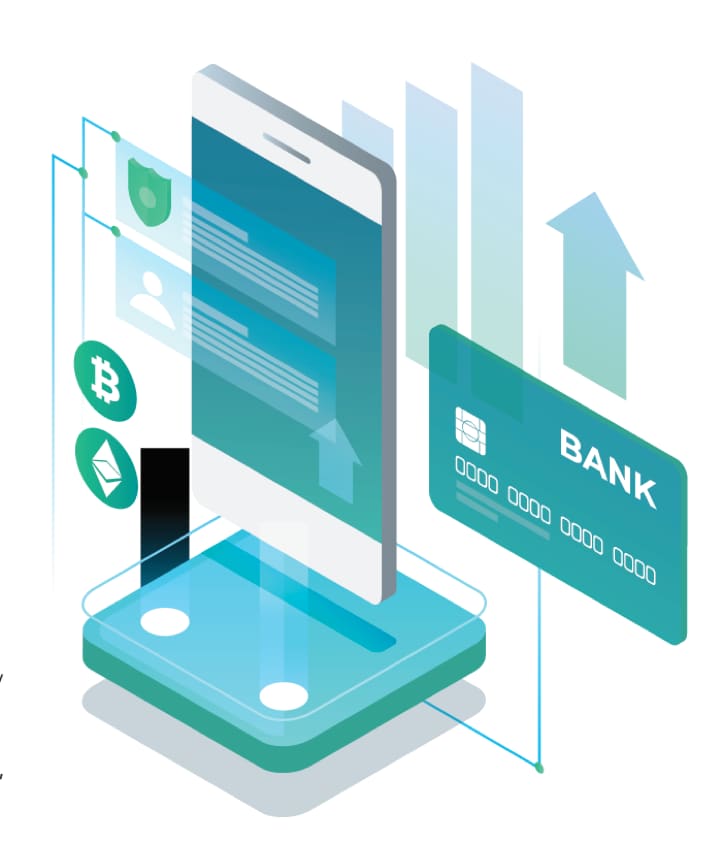
As we all know, the bank of the future is going to be much different from the bank today. Changes in technology, client needs, regulatory pressures, and the emergence of new players are impacting the way banks service their clients, operate, govern, and invest in adapting to regulatory and client needs. With AI & Automation at the heart of this evolution, there is a clear distinction between how the banks of today operate and respond to business imperatives and how the banks of the future will adapt and respond to the challenges they encounter.
Today’s Bank
Even today, largely the function of banks and wholesale banking has been aligned with the business structure of the organizations. From a perspective of service rendered to the business, this has served the organizations well in the past. However, emerging trends suggest a deeper thinking in of organizing the business applications, which drives competitive advantages in building the shared services utility model within the banking IT space.
Within the Banking industry, the exclusivity of services has been considered a logical extension of the business model based on the foundation of relationship and trust. Besides, there is always an overbearing consideration for customer-centric confidentiality of the information held by the organization. Therefore, the cost associated with the service organization for the business is considered as the cost of doing business and hence warranted little or no attention.
The cost associated with the services has been, to a large extent, covered through the various forms of service fees and retention considerations from the end customer. Customers have not taken offense at the same since most of these fees are well covered from the return banks have historically generated in addition to the other value-adding services. Reflecting these views as a principle of doing business, banking organizations paid little attention to mandate their IT organization structure to look into cost drivers and ask for optimizing the same. Service availability and support requirements have historically been considered important IT drivers than cost optimization through process improvement and reorganizations.

Bank of the future
In the new normal economy, the scene is different. In the era of heightened competition and due to the need for continuous improvement in the execution of service cost to the larger clients, Banking organizations have increasingly taken outsourcing and off-shoring route to ensure lower cost of ownership of IT assets. Leading industry research firms such as Gartner and Tower Group in their various research outputs have placed the number anywhere between 30-50 percent of outsourcing of IT functions. With these initiatives, over a decade, Banking organizations have taken the significant portion of their fixed cost out of their systems. By increasing the variable component in their overall cost structure, they can address significant demand for business agility in this volatile environment.
However, the thinking in the past two years has changed the landscape of IT organization within the financial services industry. In an interconnected world, the exclusivity of information does not last long enough to be advantageous. What it means from the perspective of banking is that they are increasingly redefining their market segments to respond to emerging competitions from non-core banking businesses such as Telecom and Retail. The emergence of Google and Amazon in the FS industry can only be countered by creating a social graph (using social media) and building an in-depth knowledge about the customer.
In addition, there is the key lesson learned in the past decade, which initiated the first wave of cost rationalization. Banks, to a large extent have moved away from individual-based programming and supporting applications to a more matured service level agreement-based development and support functions. They have increasingly out-sourced non-core functions of the business to external service providers globally. This route was considered low risk once to achieve target saving in the IT support functions. Considering that this move was primarily to exploit the labor arbitrage, cost-saving has significantly influenced the thinking.






